
General Idea
Beijing is the capital of the People’s Republic of China, the lion,s political, scientific, cultural and foreign exchange center one of the six ancient cities of China, as well as a worldrenowned historical, cultural and educational city.
It has not only countless ancient palaces, imperial gardens, altars, temples, tombs and other historical and cultural sites, but also many picturesque natural scenic spots. Beijing has been well known in the world for its numerous historical sites, elegant gardens and beautiful landscape.
In the past 20 years, Beijing has developed rapidly in an all-round way. Now Beijing is a modern metropolis with charm of an ancient city in the East. Under the blue sky and white clouds, red walls, glazed tiles and skyscrapers add radiance and beauty each other.Major Sights.
Geography and Climate
Geography
Beijing is situated at the northern tip of the roughly triangular North China Plain, which opens to the south and east of the city. Mountains to the north, northwest and west shield the city and northern China's agricultural heartland from the encroaching desert steppes. The northwestern part of the municipality, especially Yanqing County and Huairou District, are dominated by the Jundu Mountains, while the western part is framed by the Western Hills, or Xishan. The Great Wall of China, which stretches across the northern part of Beijing Municipality, made use of this rugged topography to defend against nomadic incursions from the steppes. Mount Dongling, in the Western Hills and on the border with Hebei, is the municipality's highest point, with an altitude of 2,303 metres (7,556 ft).
Major rivers flowing through the municipality include the Yongding River and the Chaobai River, part of the Hai River system, and flow in a southerly direction. Beijing is also the northern terminus of the Grand Canal of China, which was built across the North China Plain to Hangzhou. Miyun Reservoir, built on the upper reaches of the Chaobai River, is Beijing's largest reservoir, and crucial to its water supply.
The urban area of Beijing is in the south-central part of the municipality and occupies a small but expanding portion of the municipality's area. It spreads out in bands of concentric ring roads, of which the fifth and outermost, the Sixth Ring Road (the numbering starts at two), passes through several satellite towns. Tian'anmen and Tian'anmen Square are at the centre of Beijing, directly to the south of the Forbidden City, the former residence of the emperors of China. To the west of Tian'anmen is Zhongnanhai, home to the paramount leaders of the PRC. Running through central Beijing from east to west is Chang'an Avenue, one of the city's main thoroughfares.
Climate
Beijing has a rather dry, monsoon-influenced humid continental climate (K?ppen climate classification Dwa), characterised by hot, humid summers due to the East Asian monsoon, and generally cold, windy, dry winters that reflect the influence of the vast Siberian anticyclone.[41] Spring can bear witness to sandstorms blowing in from the Mongolian steppe, accompanied by rapidly warming, but generally dry, conditions. Autumn, like spring, sees little rain, but is crisp and short. The monthly daily average temperature in January is ?3.7 °C (25.3 °F), while in July it is 26.2 °C (79.2 °F). Precipitation averages around 570 mm (22.4 in) annually, with the great majority of it falling in the summer months. Extremes have ranged from ?27.4 to 42.6 °C (-17 to 109 °F).
History
Up to now, there has been a recorded history of over 3000 years and it has developed prosperously. Evidence of human ancestry dating back to 700,000 years ago has been found in such places as Zhoukoudian in the southwest part of Beijing, where the remains known as 'Peking Man' were found.

While the city's origins can be traced back to over 2,000 years ago, its true significance came about in the early years of the Western Zhou Dynasty (11th century BC-771 BC). During this time the emperor gave the feudal lords under his rule plots of land. One of these plots of land (or feod), called 'Ji City', was the capital of the kingdom 'Ji' at that time. This city was the earliest in Beijing history. By the time of the Eastern Zhou Period (476 BC-221 BC), the kingdom Ji no longer existed, being replaced by the kingdom 'Yan'. However, Ji was still the capital city at that time.
From the time the Emperor Qin Shi Huang unified China in the year 221 BC, Beijing became a strategic place and local kaiserdom center in the northern part of China. From the year 581 to 618 (Sui Dynasty), Beijing was called 'Zhuo' and had a population of 130,000 people. From 618 to 907 (Tang Dynasty), Beijing was called 'You'. During these two dynasties, it was not only a strategic military place but also the major trade center.

In the year 938 of Liao Dynasty (916-1125), the city became the alternate capital of the kingdom of 'Liao' which was founded by the minority ethnic group Qidan who lived in the northeast of China. Because Beijing of that time was located in the south part of their kingdom, it was renamed 'Nanjing' (in Chinese, 'Nan' means 'in the south place').
In 1115, the Nvzhen ethnic nationality perished the Northern Song Dynasty (960-1127) to set up the Jin Dynasty (265-420) and founded its capital Beijing, which was called Zhongdu of Jin. The golden Imperial Palace, an extremely grand luxurious construction, was established in Zhongdu at that time. This was the first time in Beijing history that the city became a truly significant capital. The world-famous Marco Polo Bridge (Lugou Bridge) was built at that time during the Jin Dynasty.
In 1267 Kublai Khan, the leader of the Mongolian ethnic minority, gave an order to construct a new city in the northeast suburbs of Zhongdu. Four years later, Kublai Khan, ascending the emperor's throne in the new city, under construction at that time, established the Yuan Dynasty (1271-1368). The building of the city was finished in 1276 and became the capital of the Yuan Dynasty. The Italian traveler Marco Polo wrote in his travel notes that he considered it to be the 'incommensurable city even in the world'.
The current name 'Beijing' comes from more than 500 years ago during the Ming Dynasty (1368-1644). In 1403, Zhu Di captured the throne. After that, he moved the former capital to Beiping and then changed its name to Beijing. In 1406, the Ming Dynasty reconstructed Beijing city. The original imperial palace built during the Yuan Dynasty had been burned down during the time when Zhu Yuanzhang overthrew the Yuan Dynasty. The imperial palace reconstructed in the Ming Dynasty is the Forbidden City at present in Beijing. The construction, design, structure and other aspects of this building epitomize the excellent quality of Chinese architecture in ancient times.
After the Qing Dynasty (1644-1911) immediately seized hold of Beijing, the city was called 'Shuntian Prefectural Capital'. During this period, the botanical garden was constructed. The Summer Palace, Old Summer Palace and many other botanical gardens were built at that time. The Summer Palace, that has the beautiful views of rivers and lakes characteristic of small towns of northern China, has retained its appearance. On October 10, 1911, the Bourgeois Democracy Revolution erupted in China, and in next year's February, the emperor of Qing Dynasty was forced to announce his abdication thus ended the last Chinese feudal dynasty and the history of Beijing as the imperial capital was over.

As the important gateway of China, Beijing was military land and the scene of many battles in Chinese history. The chaos caused by war was continuous and the sovereignty of the city was changed many times, making Beijing a city which has undergone much balefulness and adversity.
On October 1, 1949, the People's Republic of China was established and Beijing once again became the newborn capital of China. The history of the old city had turned a new page. A city's history is the history of a country. As the imperial capital city of several generations and today's capital of China, Beijing is the miniature of Chinese history and present actuality. Beijing is an archaic city with 3,000 years' brilliant civilization but simultaneously is also a city that glows with beauty and youth. Now Beijing is appearing in the world in its grand, lovely, fresh and modernized guise, and changing with each passing day.
- Contact Us
-
Tel:
0086-571-88165708
0086-571-88165512E-mail:
admission@cuecc.com
- About Us
- Who We Are What we do Why CUECC How to Apply
- Address
- Study in China TESOL in China
Hangzhou Jiaoyu Science and Technology Co.LTD.
Copyright 2003-2024, All rights reserved





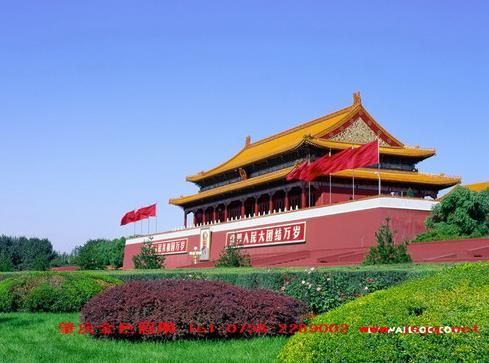
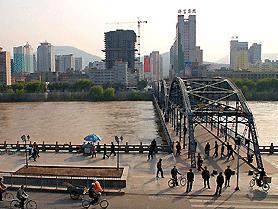
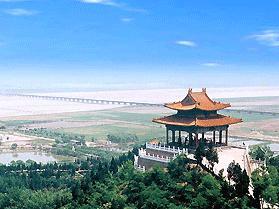
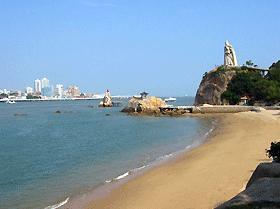
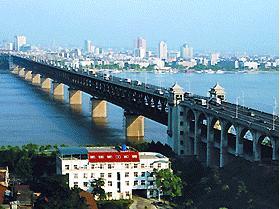
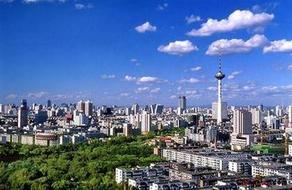
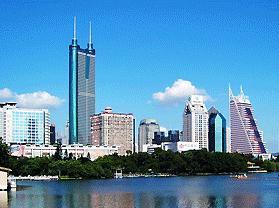
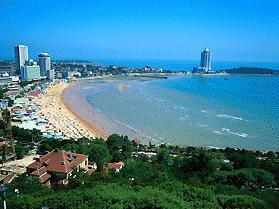
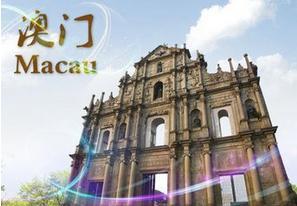
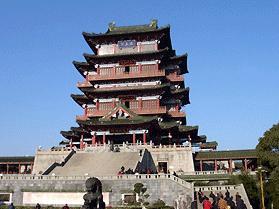
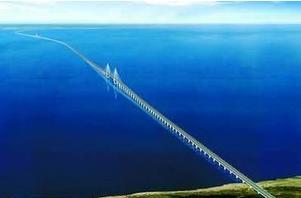
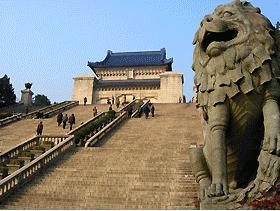
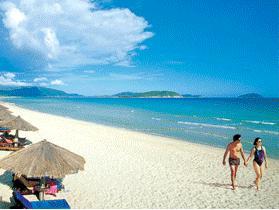
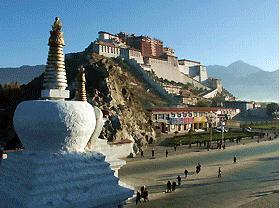
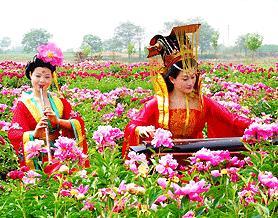
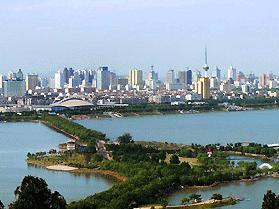
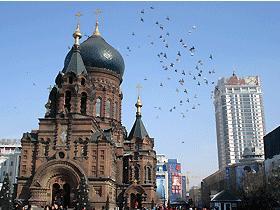
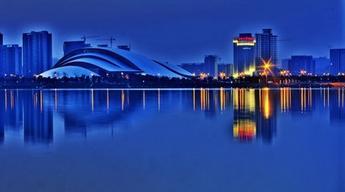
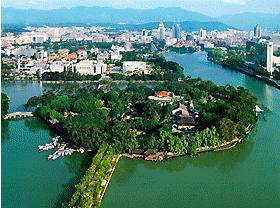
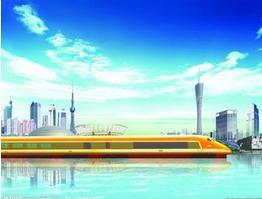

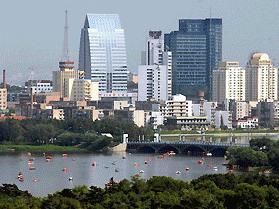
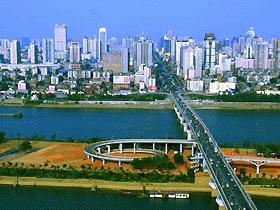
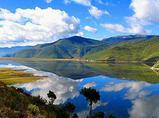
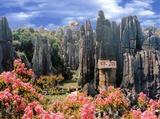

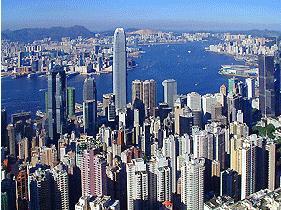
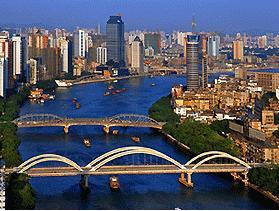
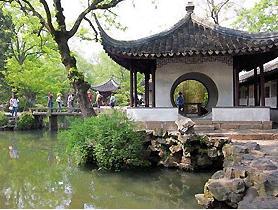

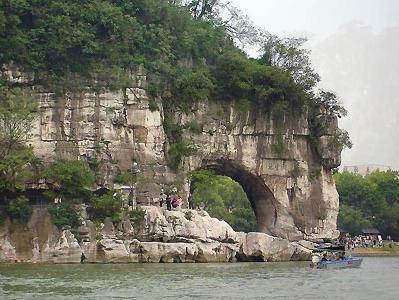
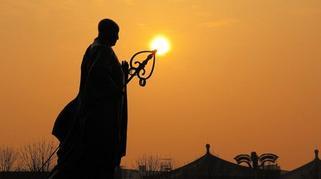
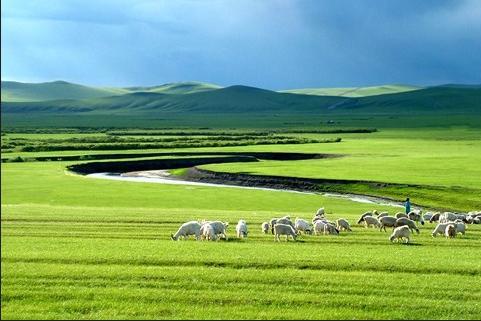
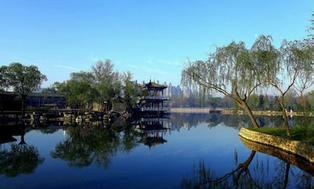
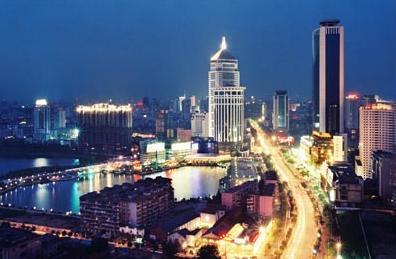
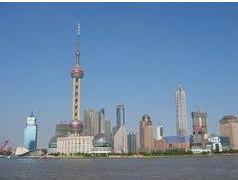
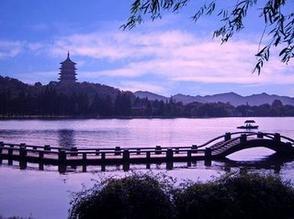

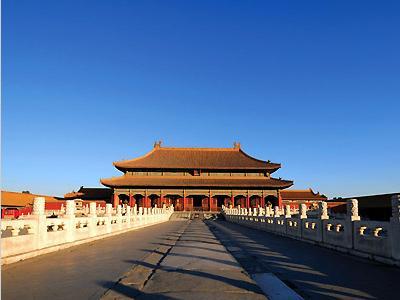
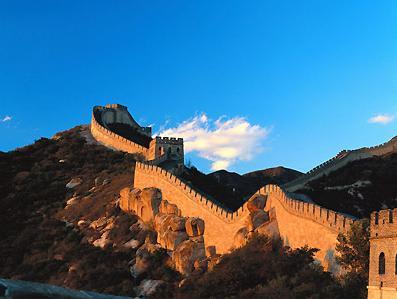
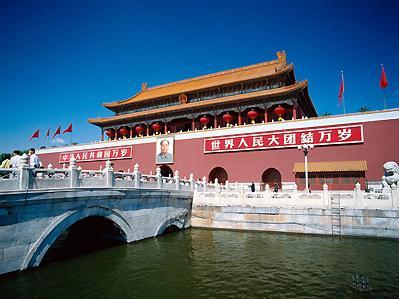
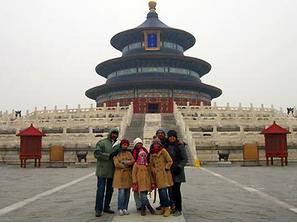
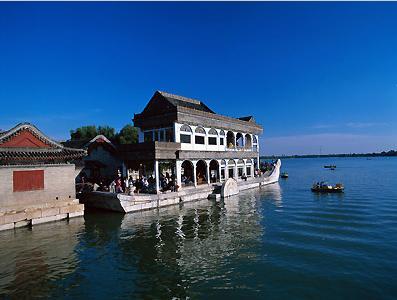
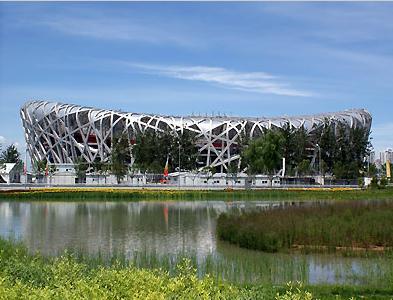
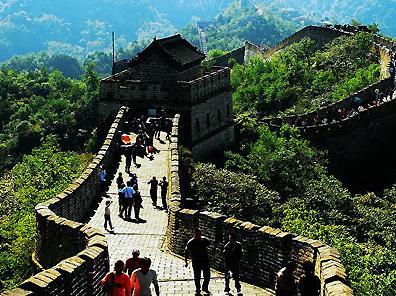
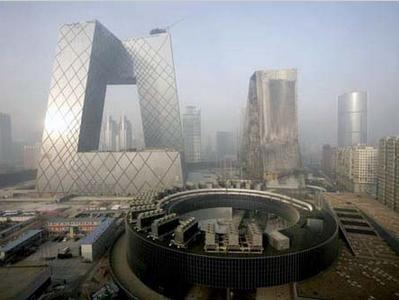
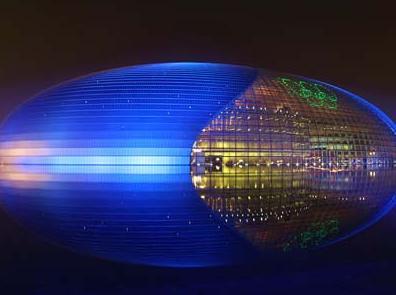
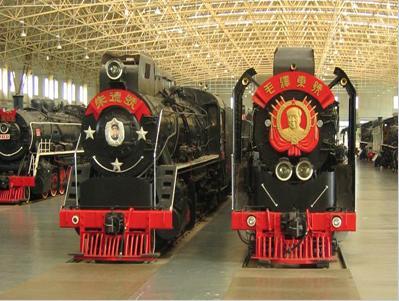
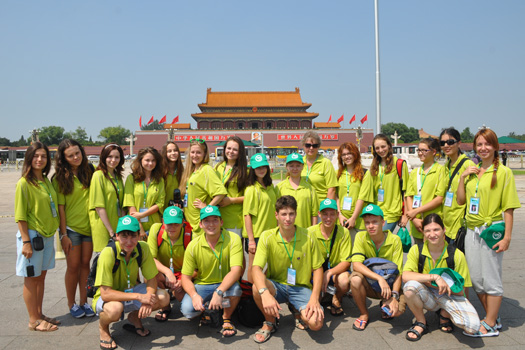

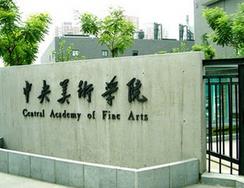
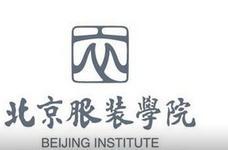

 Chinese
Chinese
 English
English
 Korean
Korean
 Japanese
Japanese
 French
French
 Russian
Russian
 Vietnamese
Vietnamese
